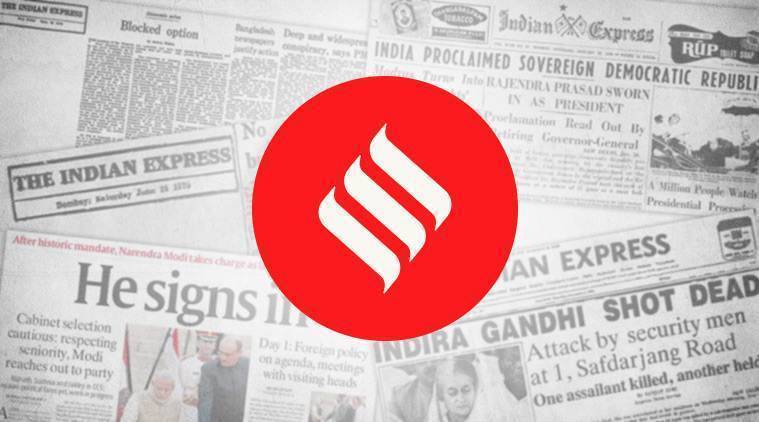 The five Indian photographers who won the Pulitzer prize for their work both broke news and presented the grim realities of the times we live in.
The five Indian photographers who won the Pulitzer prize for their work both broke news and presented the grim realities of the times we live in.
In every story, there are facts and sometimes, there is the truth. The five Indian photographers who won the Pulitzer prize for their work both broke news and presented the grim realities of the times we live in. Channi Anand, Dar Yasin and Mukhtar Khan from the news wire service Associated Press (AP) were recognised in the feature photography category for their images that captured the humanity, brutality and even the terrible beauty of the suffering in Jammu and Kashmir after the abrogation of Article 370. In addition, Anushree Fadnavis and Adnan Abidi were awarded in the breaking news photography category for their work covering the Hong Kong pro-democracy protests.
J&K and Hong Kong are different from one another, but in both, voices in a small pocket of a large, powerful nation-state are attempting to make themselves heard. Yasin’s image of a protestor in the Valley, trying to mount an armoured vehicle with a stone in hand, says more about anger, humanity, politics and tragedy than words ever could.
And for all the images of violence, Khan’s photograph of Indian forces keeping vigil as Kashmiri citizens pray, holds more hope than all the platitudes of politicians about “one India”. And perhaps the most powerful of all, the hurt, almost deadpan expression on the face of six-year-old Muneefa Nazir, whose right eye was injured by a marble ball, allegedly from firing by Indian forces.
The images certainly present more than facts. They reveal something of what it means to be human beings under siege, of what living in the shadow of violence looks and even feels like. And most of all, without the words and cliches that are used to talk about conflict, they have the power to evoke an honest reckoning.